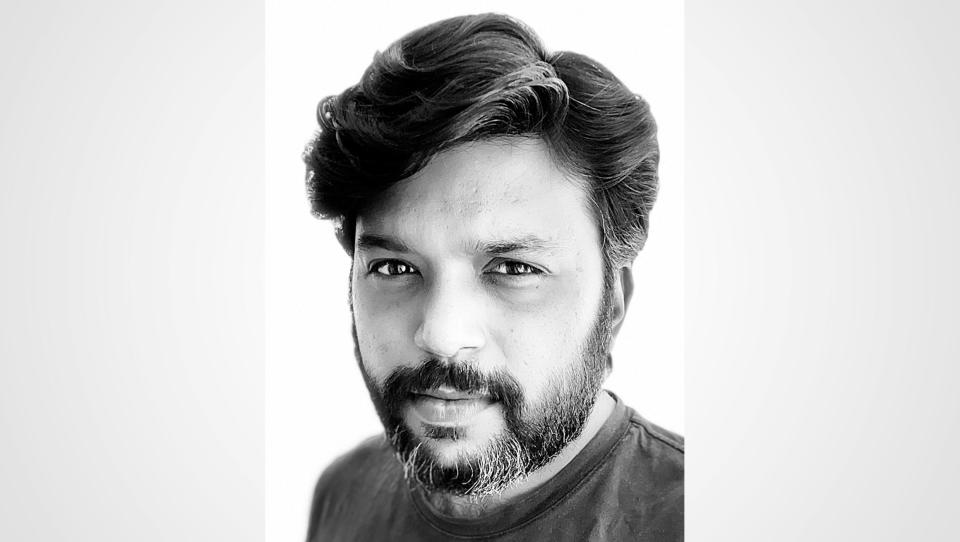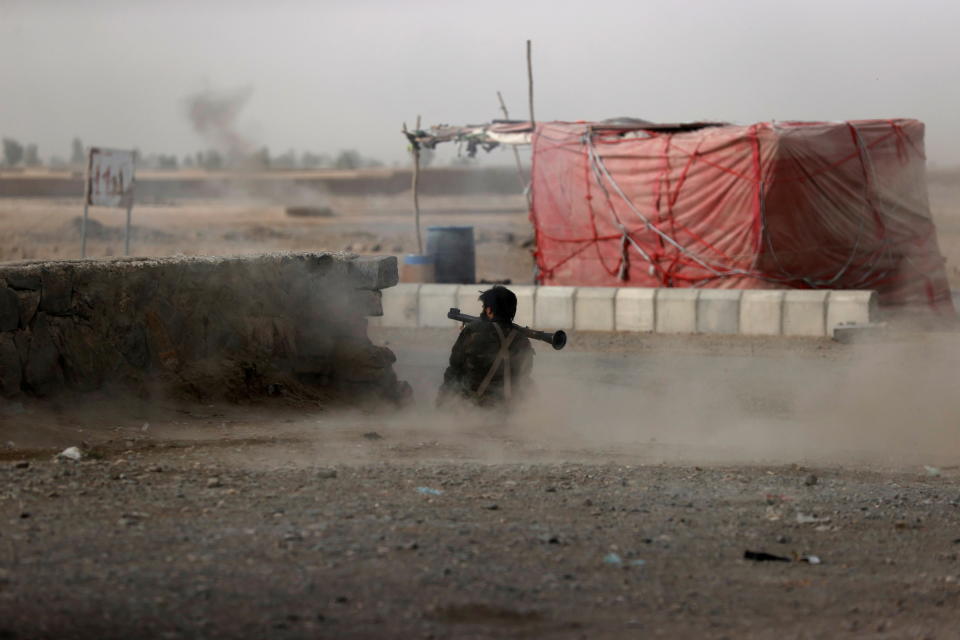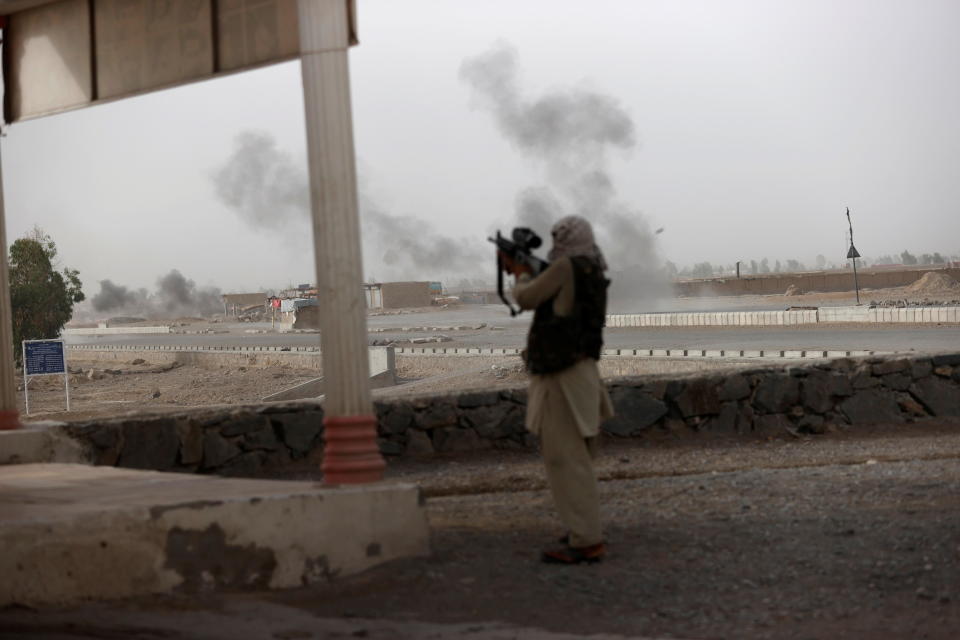Photojournalist killed by Taliban in Afghanistan

- Oops!Something went wrong.Please try again later.
A photojournalist has been killed in a Taliban attack while covering the terrorist organization's reconquering of the country this summer. Danish Siddiqui, 38, whom Reuters called a "star photojournalist," worked for the news agency and went to Afghanistan in July.
Siddiqui and two Afghan commandos were killed in a Taliban attack on July 16, while forces were trying to retake the key border town of Spin Boldak. Reuters says reports indicate he was trying to take photographs in the bazaar when he was first injured by shrapnel from a rocket. He had been in the country only a few days.

The New Delhi-based Siddiqui had said he wanted to go. "If we don't go, who will?" he told his boss, according to Reuters.
Reuters says it had done a risk assessment before Siddiqui embedded with the Special Forces. "Don't worry," he reportedly told a friend after capturing images while the convoy he was riding in was hit by rocket-propelled grenades. "I know when to pull the plug."
The Humvee in which I was travelling with other special forces was also targeted by at least 3 RPG rounds and other weapons. I was lucky to be safe and capture the visual of one of the rockets hitting the armour plate overhead. pic.twitter.com/wipJmmtupp
— Danish Siddiqui (@dansiddiqui) July 13, 2021
When soldiers withdrew from Spin Boldak, they mistakenly left Siddiqui and two commandos at a mosque where the three had been taken for treatment, according to Major-General Haibatullah Alizai. Alizai was the commander of Afghanistan's Special Operations Corps when it hosted Siddiqui in Kandahar, and his account is corroborated by others, Reuters reports.
The Taliban ultimately seized control and Siddiqui's death, Reuters says, "underlines the risks faced by journalists, both in the international media and in local outlets, when covering conflict and political strife."

According to the Committee to Protect Journalists, 55 journalists have been killed in Afghanistan since 1992. CPJ has confirmed two journalist deaths in Afghanistan this year. In addition to Siddiqui, Mina Khairi of Afghanistan's Ariana News TV was killed in June.
Thirteen journalists have been killed globally since the start of 2021, CPJ reports. Among the most dangerous countries for journalists are Mexico, Burkina Faso in Africa, Azerbaijan and Afghanistan, all of them reporting two deaths this year.
More than 1,400 journalists have been killed globally between 1992 and 2021, according to CPJ, which monitors press violations in repressive countries, conflict zones, and established democracies. The organization collects data on deaths, attacks and imprisonments of journalists.

On Monday, CPJ joined 50 civil society organizations in calling on the G-7 nations "to prioritize and take immediate action to guarantee safe harbor to Afghan journalists and media workers."
"In addition to immediate priorities such as evacuation, safe passage to the Kabul airport, and simplifying the visa process, the letter also calls for the U.S. and its allies to remain in Kabul beyond the U.S.'s August 31 deadline for withdrawing troops," CPJ said in a press release. "G-7 countries should also coordinate support for journalists and press freedom within the United Nations system, and help Afghan journalists still working in-country."
Afghanistan-based organization NAI, which works to support independent media in the country and track violence against journalists, reports at least 30 journalists and media workers have wounded or killed in Afghanistan this year.
Earlier this month, Reuters reported suspected Taliban fighters had targeted media workers in Afghanistan, with a local radio station manager shot and killed in Kabul. "Paktia Ghag" radio station manager Toofan Omar, an officer for NAI, was killed in the country's capital on August 8.
Nematullah Hemat, a journalist with Gharghasht TV, was also kidnapped earlier this month, according to Reuters. "There is just absolutely no clue where the Taliban have taken Hemat...we are really in a state of panic," said Razwan Miakhel, head of the TV channel.
And Taliban fighters targeted a journalist from Germany's Deutsche Welle shot his family members, killing one and severely injured another, DW reported. Three of the company's journalists have had their homes raided.
How Governor Kathy Hochul "shattered a ceiling" for women in New York

